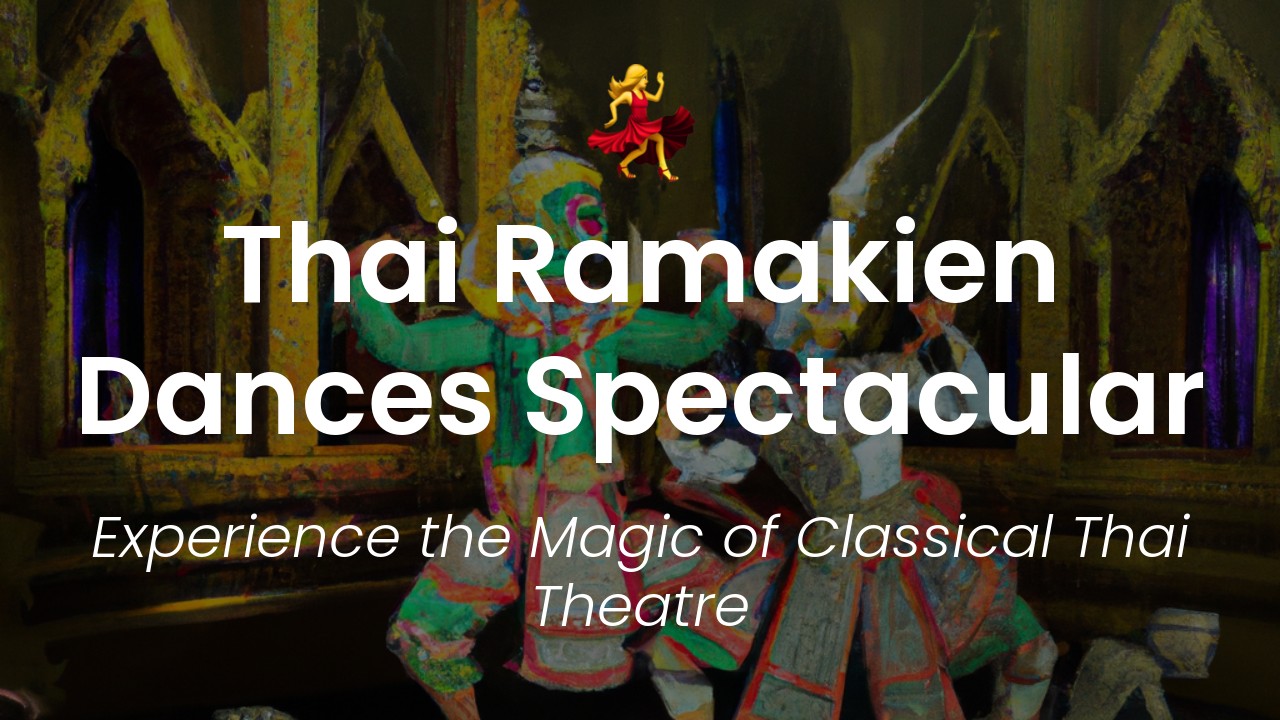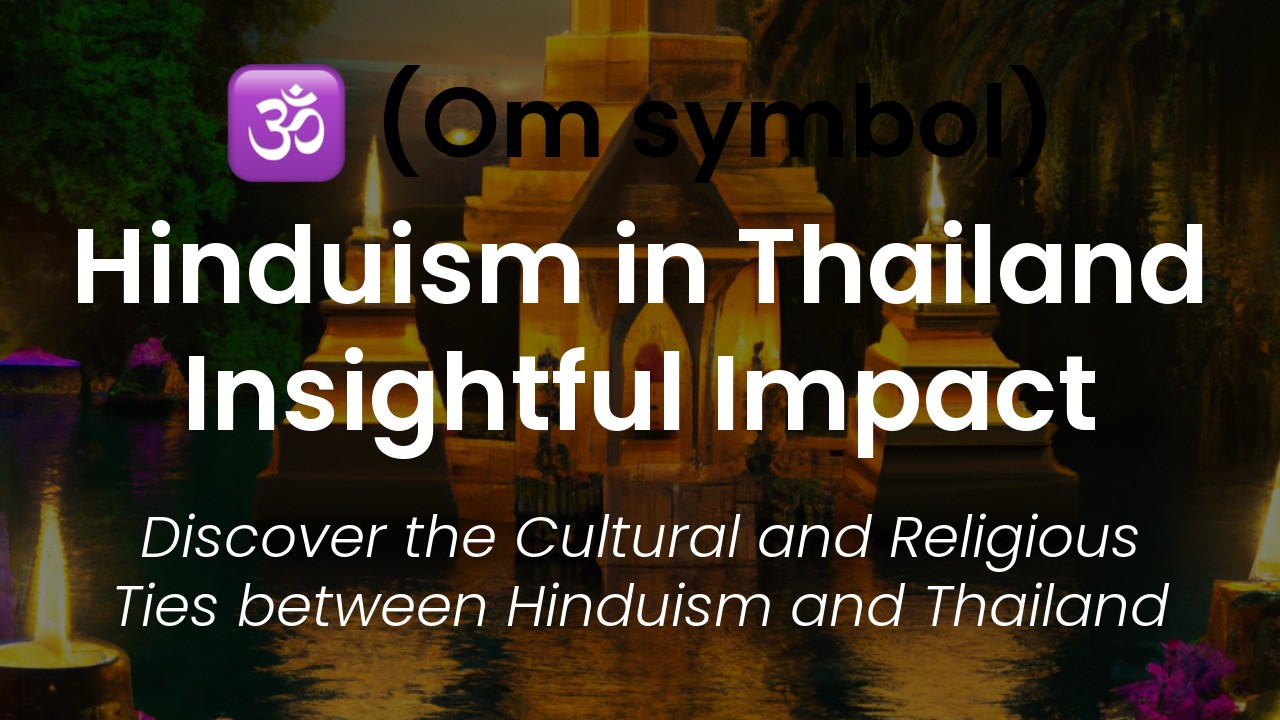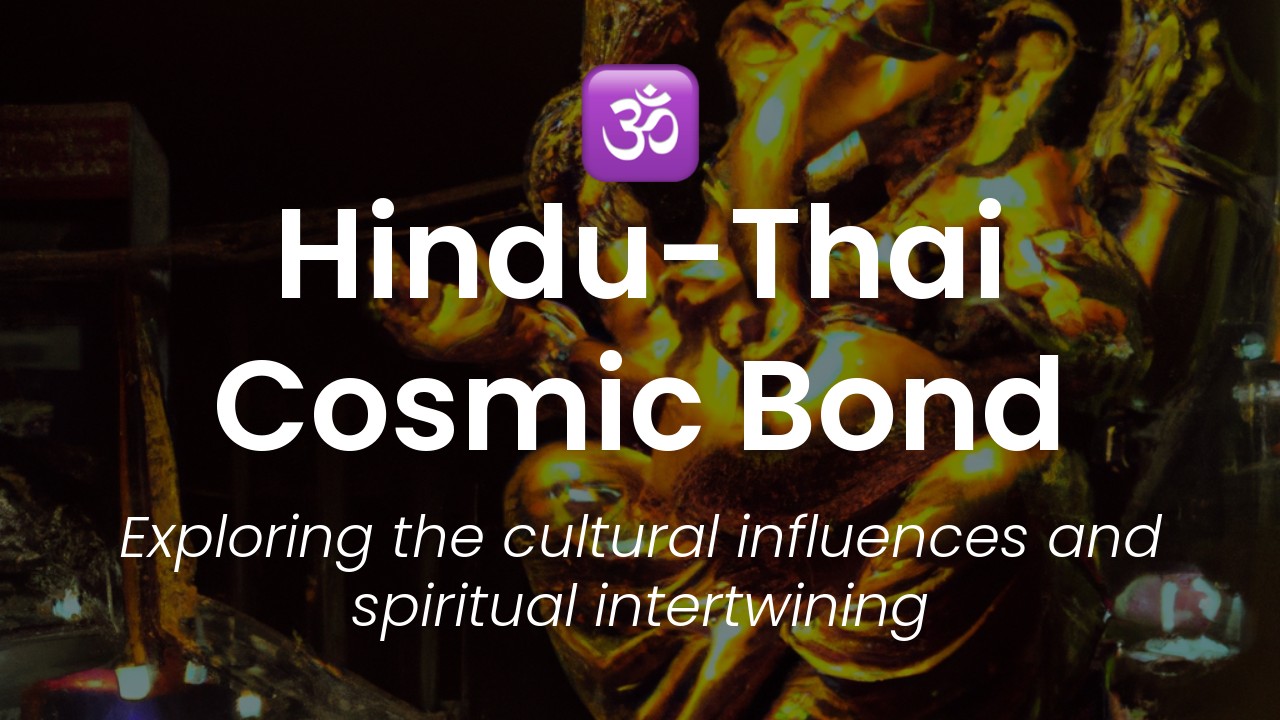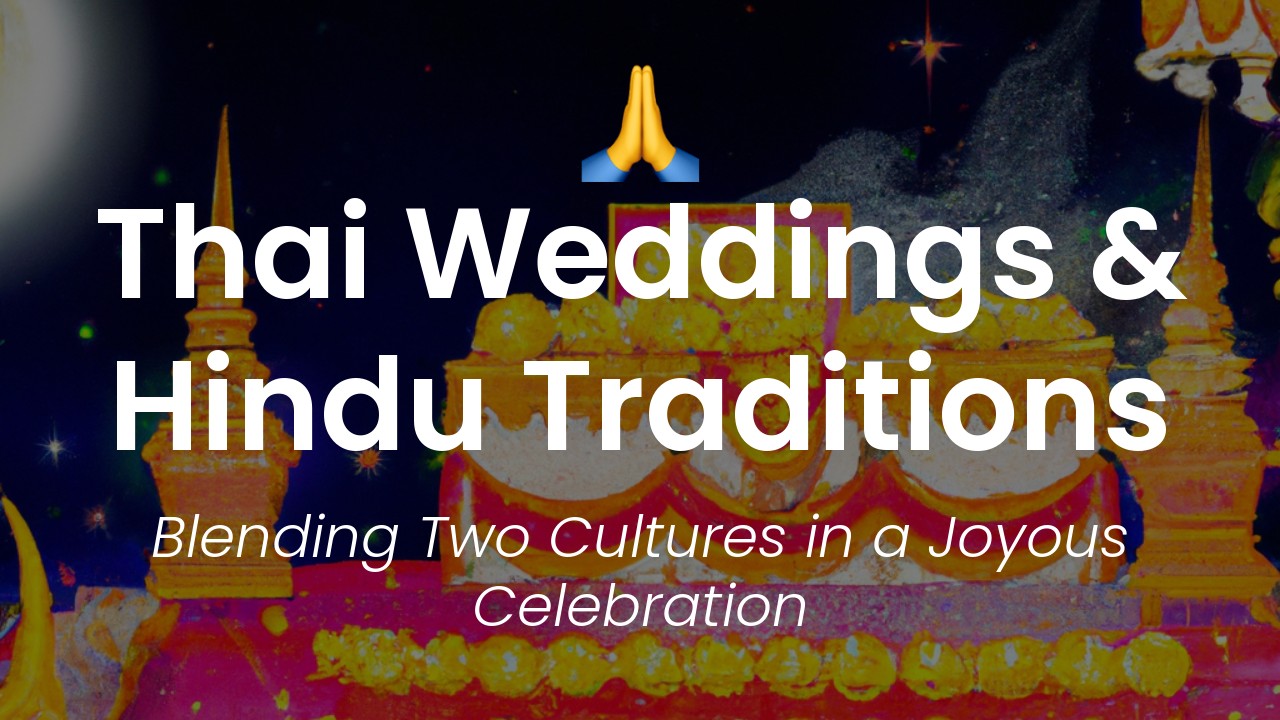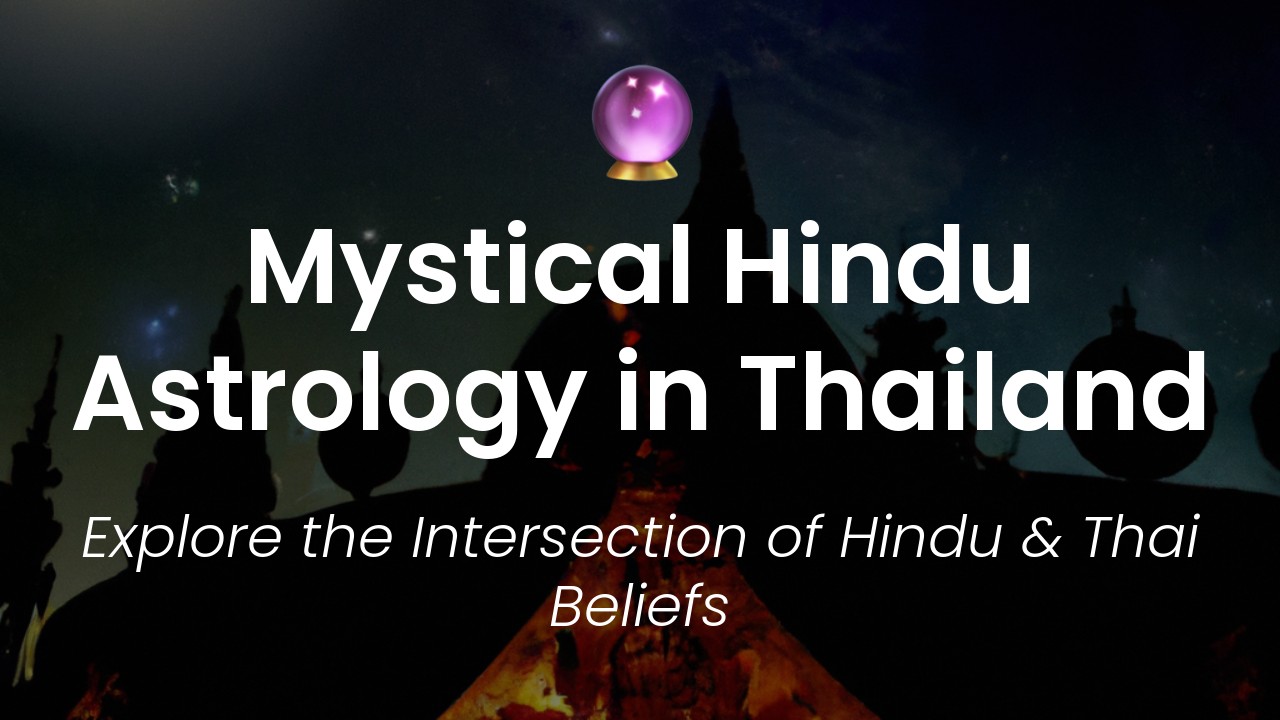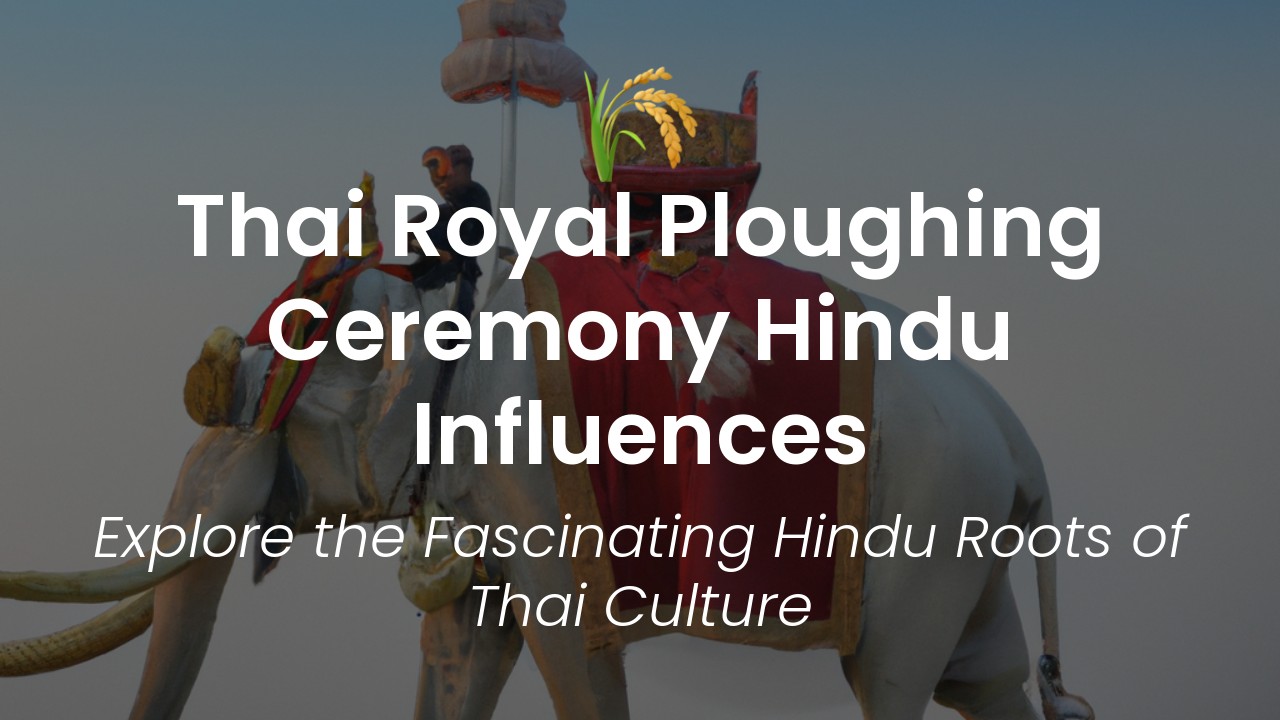Sawasdee ka, lovely readers! As a lover of Thai culture, one of my favorite pastimes is watching traditional dances. And when it comes to traditional dance performances in Thailand, the Ramakien dances are absolutely stunning displays of skill, grace, and beauty.
Ramakien, which is the Thai interpretation of the epic Indian Ramayana, is the source material for these splendid dances. It is the story of Prince Rama and his quest to rescue his beloved wife from the clutches of the wicked demon king Ravana. The Ramakien dances bring this action-packed narrative to life in breathtaking fashion, incorporating elegant costumes, intricate choreography, and enchanting music.
If you’re planning a trip to Thailand, I highly recommend taking in a performance of the Ramakien dances. But even if you can't physically be here to witness the performances, you can still learn about them here on my blog. In this article, I will introduce you to the history and background of the Ramakien dances, describe the costumes and movements, and provide recommendations for the best places to see them. So sit back, relax, and travel with me through the fascinating world of Ramakien dances.
Background on Ramakien mythology
The Ramakien is a Thai epic poem that tells the story of Prince Rama, a hero who rescues his wife Sita from the demon Ravana. The story originated in India and was brought to Thailand during the Ayutthaya era. Over time, the Thai version of the Ramayana became known as the Ramakien and it has remained an important part of Thai literature and culture for centuries.
History of Ramakien dances
Ramakien dances have been performed in Thailand for hundreds of years. The earliest references to Ramakien dances can be found in chronicles from the Ayutthaya period (1351-1767). At that time, the dances were performed in the royal court for the entertainment of the king and his courtiers.
During the reign of King Rama I (1782-1809), the Ramakien was adapted into a theatrical production that included music, dance, and drama. This production became known as the khon, and it remains one of the most popular forms of Ramakien dance in Thailand today.
Elements of Ramakien dance performances
Ramakien dance performances are characterized by their elaborate costumes, intricate choreography, and evocative music. Performers wear traditional Thai clothing, which includes ornate headdresses and intricate jewelry. The dancing is accompanied by live music, which typically includes drums, cymbals, and other traditional Thai instruments.
The choreography of Ramakien dances is highly stylized and symbolic. The dancers use a series of hand gestures and facial expressions to convey specific emotions and meanings. The movements are slow and deliberate, and they are meant to evoke a sense of grace and beauty.
Popular Ramakien dance troupes in Thailand
There are many Ramakien dance troupes in Thailand, but some of the most popular include the Thailand Cultural Centre, the Sala Chalermkrung Royal Theatre, and the National Theatre. Each of these troupes has its own unique style and approach to Ramakien dance, and they all offer a rich and engaging cultural experience.
Regional variations of Ramakien dances
Ramakien dances are performed throughout Thailand, but there are some regional variations that are worth noting. In the Northeast, for example, Ramakien dance is often performed in the form of a traditional puppet show, while in the South, it is often performed as a type of shadow dance.
Importance of Ramakien dances in Thai culture
Ramakien dances are a vital part of Thai culture, and they are considered to be one of the most important forms of traditional Thai art. They are often performed during important religious festivals and other cultural celebrations, and they are also an important part of the Thai education system, where they are used to teach children about Thai history and culture.
Where to see Ramakien dances in Thailand
If you're interested in seeing Ramakien dances in Thailand, there are many places where you can do so. In Bangkok, some of the best places to see Ramakien dance include the Thailand Cultural Centre, the Sala Chalermkrung Royal Theatre, and the National Theatre. Other cities, such as Chiang Mai and Phuket, also have their own Ramakien dance troupes that are worth checking out.
In conclusion, Ramakien dances are a spectacular and important part of Thai culture. They offer a rich and engaging cultural experience that is sure to leave a lasting impression on anyone who sees them. So if you're planning a trip to Thailand, be sure to include a Ramakien dance performance in your itinerary. You won't be disappointed.

